Text João Barbosa | Translation Jani Dunne
Abel Pereira da Fonseca was a prosperous wine dealer. In 1906, he opened a trading post in Poço do Bispo – away from touristic routes. However, the building makes an interesting sight for those with enough time to spare. The avenue wasn’t there before and boats used to dock to offload the wine from the southern border of Tejo.
At the time, taverns were linked to the coal business. This businessman created the Val do Rio network, with venues where one could enjoy a nice glass of wine in a neat environment. In 1928, there were about 50 venues, and in 1937, there were close to one-hundred. The middle class from Lisbon could thus have their wine without having to mix with dirty poor people.
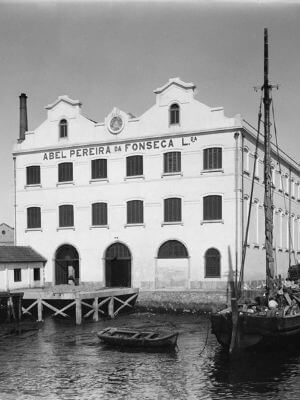
Abel Pereira da Fonseca, Lda at Poço do Bispo – Photo Provided by Companhia Agrícola do Sanguinhal | All Rights Reserved
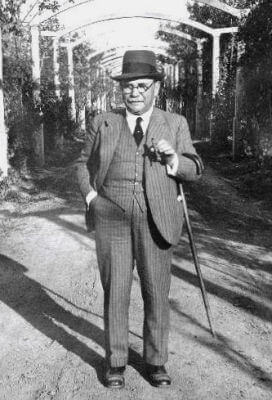
Abel Pereira da Fonseca – Photo Provided by Companhia Agrícola do Sanguinhal | All Rights Reserved
Fernando Pessoa, a worldwide genius of poetry, was an odd character, known to not have many friends. In the middle of the afternoon, he would leave his office chair, where he often got bored with reality, and would say: “I shall meet with my friend Abel.”
His friend Abel was the glass in Val do Rio tavern, filled with some product made by Abel Pereira da Fonseca. Once photographed, Pessoa signed the picture saying “Caught Red-handed.”
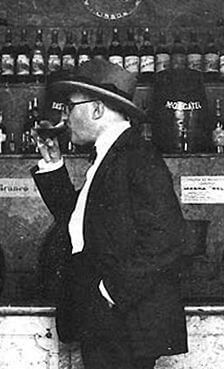
Fernando Pessoa “Caught Red-handed.” – Photo Provided by Companhia Agrícola do Sanguinhal | All Rights Reserved
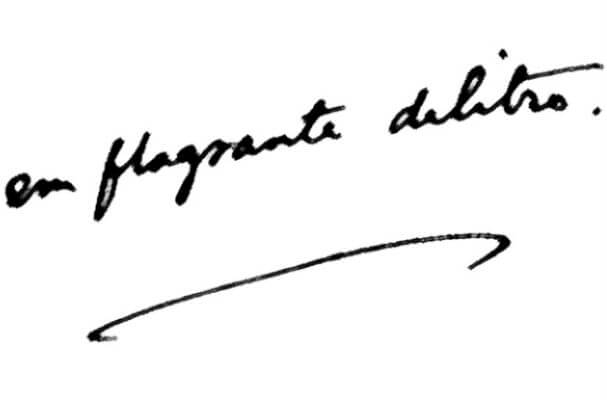
Fernando Pessoa’s signature “Caught Red-handed.” – Photo Provided by Companhia Agrícola do Sanguinhal | All Rights Reserved
That year, 1937, Abel Pereira da Fonseca left the business – the brand was handed to others, unimportant business for the present story – and focused on Quinta das Cerejeiras in Bombarral municipality. There, he created a resistant iconic brand.
Quinta das Cerejeiras became a reference for quality, displayed on menus of the best restaurants. The taste and consumption pattern changed. The ten years of bottle-ageing were shortned. Yet, Quinta das Cerejeiras Reserva wines are a reference in the Lisbon region, and compulsory for those interested in national nectars.
Another renowned magnate was João Camillo Alves, a barber in the suburban village of Bucelas, who became a middleman between producers in the village and the Lisbon bourgeois who made Bucelas their summer spot. From selling there to selling in the capital, it was only a short step.
Caves Camillo Alves cellars are now part of the Enoport group, which encloses other big companies from olden days, such as Caves Velhas or Caves Dom Teodósio – Teodósio Barbosa, another wine magnate one-hundred years ago.
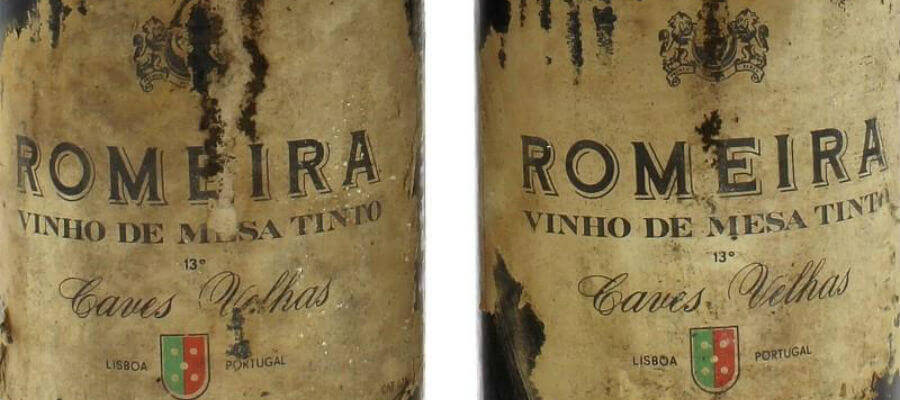
Romeira Red Wine – Photo Provided by Enoport | All Rights Reserved
This company obviously owns brands that last for generations. The most iconic is perhaps Romeira. It’s a red wine born in a region where only white grapes are allowed in wine with a protected designation of origin.
The foundation of Quinta da Romeira, in Bucelas, goes back to the 17th century, and has since known different owners; it was resold again a year ago. The Romeira brand, belonging to Caves Velhas, was created in 1912. In the 70s, in the 20th century, oenologist Manuel Vieira made a lot of grapes from the Península de Setúbal. It was later produced entirely in Palmela, and now it’s made in Alentejo.
When you talk about a wine from Bucelas, you must mention Bucellas, created by Caves Velhas in 1939. Is the customer always right, as the aphorism says? No! And unfortunately, business is business and companies aren’t made for losses. Bucelas wines lived for many long years – excellent. The Bucellas Garrafeira were the Bucelas. The last to be made was the 1998, and I drank it this year. Colossal!
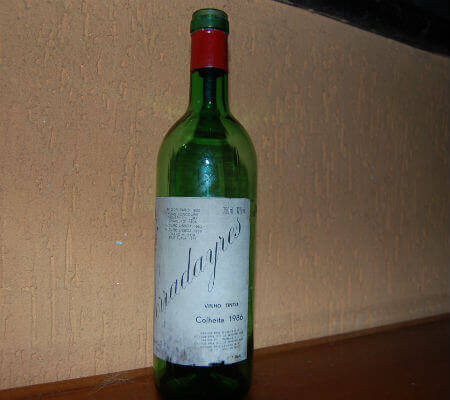
Serradayres 1986 Vintage – Photo Provided by Enoport | All Rights Reserved
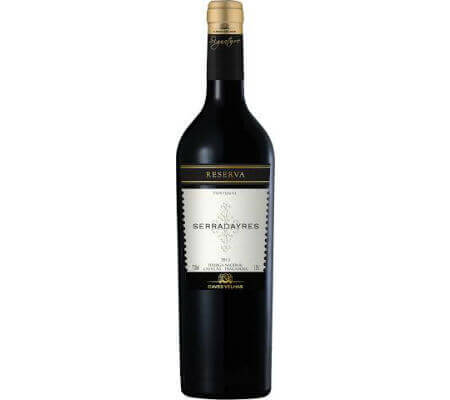
Serradayres Reserva 2013 – Photo Provided by Enoport | All Rights Reserved
A very old wine is Serradayres (Enoport), first sold in 1896 by Conde de Castro Guimarães in Ribatejo – nowadays a region of the Tejo. By the way, the count’s residence is in Cascais. It’s a great museum to visit.
Still within the same company, the Lagosta (Enoport) is an old reference dating from 1902. A light and carefree wine, free from the weight of the history of other brands.
And there I was, thinking I could get the story out in just a few lines… stay tuned, I’ll be serving another round soon.




antonio joao a s abreu
Top!